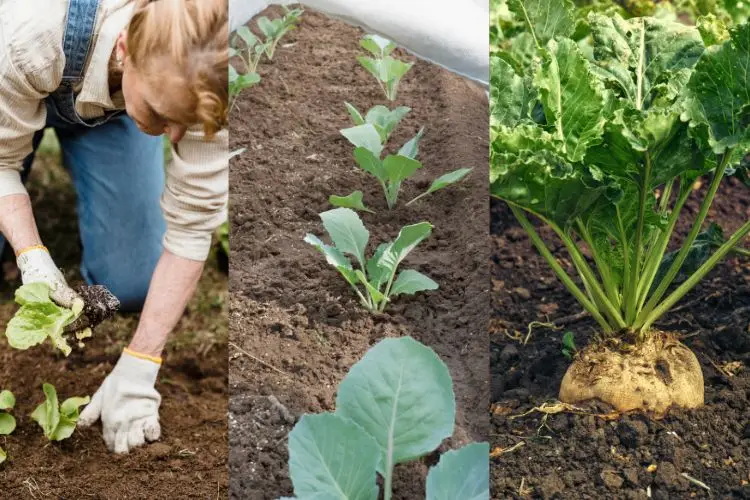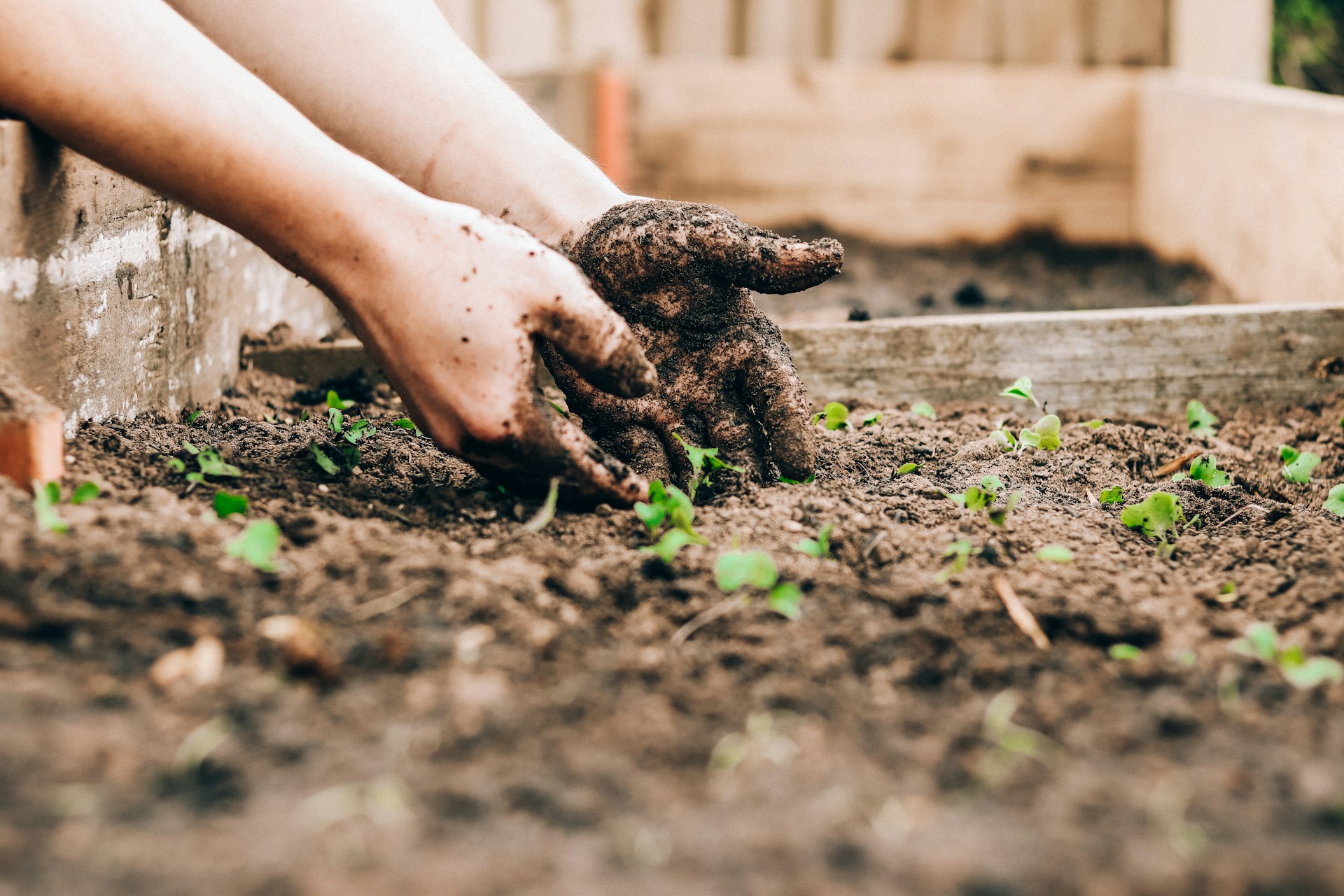Cover cropping involves planting specific crops primarily to cover the soil, rather than for harvesting. This technique offers a variety of benefits that enhance soil health and garden productivity. Cover crops can improve soil fertility by fixing nitrogen, which enriches the ground for future crops. They also help prevent erosion, suppress weeds, and improve soil structure by creating channels for air and water. Plus, some cover crops attract beneficial insects and manage pests, making them valuable allies in the garden.
If you’re working with limited gardening space, cover crops can make a significant difference. They maximize every inch of soil, ensuring it stays healthy and productive, even when main crops aren’t growing. Using cover crops not only protects your soil but also enriches it, creating an environment for a thriving, sustainable garden. Whether you’re looking to boost fertility or manage pests, there’s a creative way to incorporate cover crops into your gardening routine.
Benefits of Cover Cropping

Cover cropping is a smart way to enrich your garden. One major benefit is improved soil fertility. Legumes like clover and vetch fix nitrogen, making it available for future crops. This means healthier plants and bigger harvests!
Erosion control is another key advantage. Cover crops provide ground cover, protecting your soil from wind and water erosion. This is crucial, especially in small spaces where every bit of soil counts.
Weed suppression is a big deal, too. By covering the soil, these crops block sunlight, preventing weeds from taking root. Fewer weeds mean less work for you, right?
Cover crops also improve soil structure. Their roots create channels for air and water, enhancing soil aeration and water infiltration. This leads to a more robust ecosystem underground.
Plus, some cover crops help manage pests and diseases. By breaking pest cycles, they reduce the risk of infestations. It’s like having nature’s own pest control!
Lastly, cover crops boost biodiversity. They attract beneficial insects and promote a healthier garden ecosystem. More diversity means a better balance in your garden, resulting in less reliance on chemical treatments.
In short, cover cropping is a win-win for your soil and plants. Why not consider adding it to your gardening routine?
Choosing the Right Cover Crop
Selecting the right cover crop can make a big difference. Start by identifying your specific needs. Are you looking for nitrogen fixation, weed suppression, or soil improvement?
Legumes are fantastic if you want to fix nitrogen. Clover, vetch, and peas are all great choices. They’ll enrich your soil naturally, providing a nutrient boost.
If erosion control is your priority, consider grasses. Rye, oats, and barley are excellent at holding soil in place. They create a strong root system that protects against erosion.
Brassicas, like radishes and mustards, are perfect for breaking up compacted soil. Their deep roots help aerate the ground, allowing better water infiltration.
Before planting, think about your growing season. Some cover crops thrive in winter, while others prefer warm months. Choose crops that fit your local climate and your garden’s timing.
Don’t forget to consider growth habits, too. You want cover crops that won’t compete too much with your main plants. Look for options that can coexist peacefully, providing benefits without overshadowing your veggies.
Ready to see what works best for your space? Let’s explore some creative uses!
Creative Uses of Cover Crops in Small Spaces

Now that you know the benefits and how to choose cover crops, let’s get creative! There are plenty of fun ways to use them in small gardens.
1. Interplanting: Try growing cover crops between your main crops. Plant clover or vetch between vegetable rows. This boosts soil health and suppresses weeds.
2. Container Gardening: Use cover crops in pots. Small legumes like clover or peas thrive in containers. Once mature, cut them down and use the organic matter as mulch.
3. Vertical Gardening: Incorporate climbing cover crops on trellises. Peas are a great choice. This maximizes vertical space and adds benefits to your garden.
4. Raised Beds: Plant fast-growing cover crops like buckwheat in raised beds. They’re easy to chop and drop, adding organic matter to the soil.
5. Seasonal Rotation: Rotate cover crops with your main crops. After harvesting summer veggies, plant quick-growing crops like oats. This keeps the soil covered and enriched.
6. Living Mulch: Use low-growing cover crops as living mulch. Clover or creeping thyme can surround larger plants. They suppress weeds and add nutrients.
7. Green Manure: Grow cover crops specifically to turn into green manure. Use small patches in your garden to enrich the soil for future plantings.
8. Companion Planting: Pair cover crops with your main crops. For example, plant beans alongside corn. Beans fix nitrogen while corn provides support.
Practical Tips for Implementation
Ready to get started with cover cropping? Here are some practical tips to help you implement it effectively.
1. Planting Schedule: Timing is everything. Plant cover crops in the off-season or between main crops. For winter cover, sow seeds in the fall.
2. Managing Growth: Let your cover crops grow until maturity. You want them to reach their full potential before cutting them down.
3. Incorporation Timing: Plan when to incorporate your cover crops. Ideally, turn them into the soil a few weeks before planting main crops.
4. Cutting Down: When it’s time to cut your cover crops, use garden shears or a mower. Chop them down to ground level.
5. Soil Incorporation: Incorporate the cut cover crops into the soil immediately. This helps decompose them and enrich the soil with nutrients.
6. Observation: Keep an eye on your soil and plants. Adjust your cover cropping practices based on how your garden responds.
7. Experimentation: Don’t be afraid to experiment with different combinations of cover crops. What works best might surprise you!
8. Documentation: Keep track of what you plant and the results. This will help you refine your approach for next season.
Final Thoughts on Cover Cropping
Cover cropping is a fantastic way to boost your garden’s health. It offers numerous benefits, especially for small spaces. You can improve soil fertility, control weeds, and manage pests—all while enhancing biodiversity.
Experimenting with different cover crops can lead to surprising results. Each growing season provides an opportunity to refine your techniques and discover what works best for you.
Remember, every small step you take contributes to a healthier garden ecosystem. By incorporating cover crops, you’re investing in your soil’s future and ensuring better harvests down the line.
So, are you ready to give cover cropping a try? Embrace the creativity and watch your garden thrive! Your soil will thank you!




